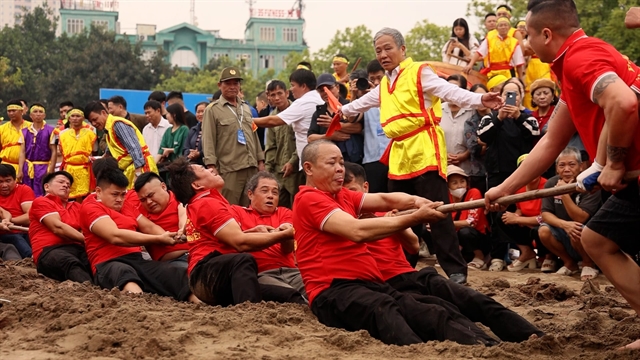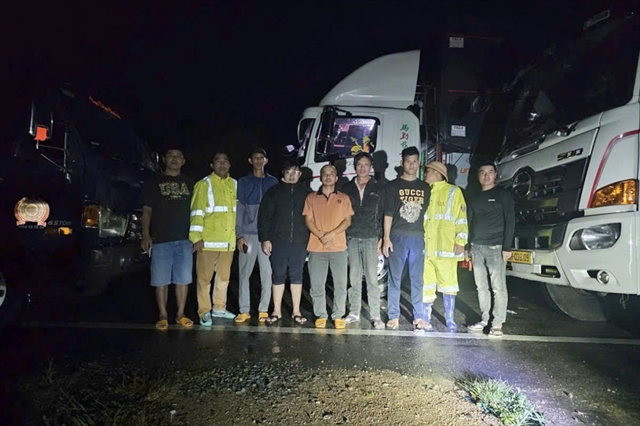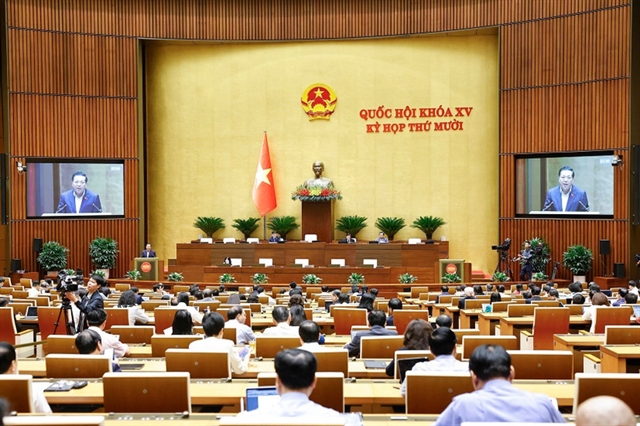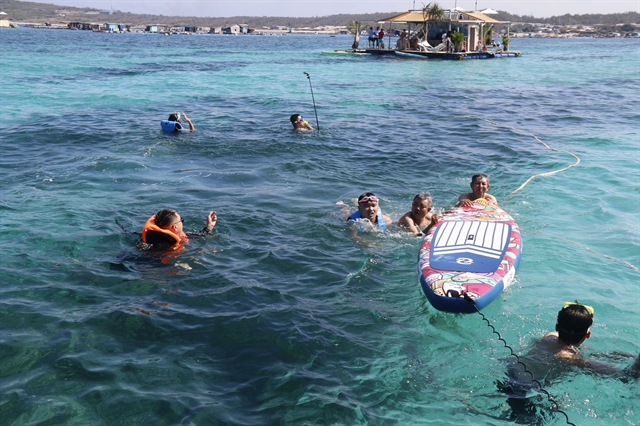 Environment
Environment
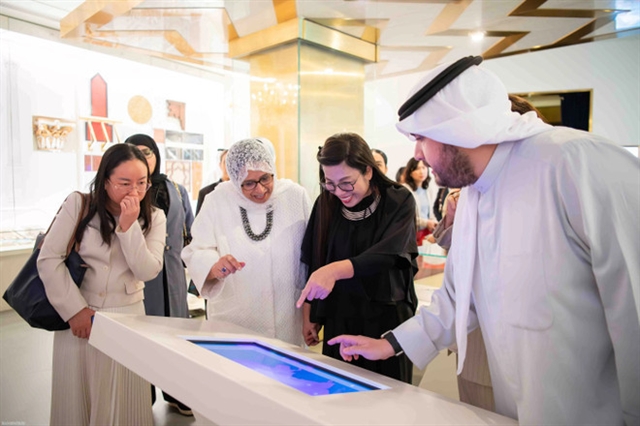
Phú Quốc island in the southern province of Kiên Giang – one among the most popular tourist destinations in Việt Nam – is being threatened by environmental pollution due to the “flooding” of rubbish, Lao động (Labour) newspaper reported.
 |
| Garbage heap in Phú Quốc Island’s Dương Đông Town in the Mekong Delta province of Kiên Giang. — VNS Photo Thái Hà |
KIÊN GIANG — Phú Quốc Island in the southern province of Kiên Giang – among the most popular tourist destinations in Việt Nam – is being threatened by environmental pollution caused by rubbish dumps, Lao động (Labour) newspaper reported.
Tourism services, fishing boats and fish breeding farms are discharging some 300 tonnes of waste per day, though only half is being properly collected, causing serious contamination to the environment, according to the Kiên Giang Environmental Protection Office.
In fact, the figure is rapidly increasing. In the first nine months of the year, the island collected over 99,800cu.m of rubbish, nearly 17,000cu.m over the same period last year.
The waste dumping stations in Cửa Cạn Commune are now overloaded. Rubbish is piled up like a mountain, giving off a stench. A 5ha dumping station in An Thới Town suffers the same problem.
Deputy Director of the provincial Department of Natural Resources and Environment, Đoàn Hữu Thắng, said the two waste dumping stations are causing serious pollution.
More than 100,000 residents live on the island, along with over 1,600 companies and businesses, predominantly hotels, resorts, services and food processing workshops. Many of them lack standard garbage and waste water treatment systems.
Waste water is collected in sedimentation tanks and then discharged directly into the municipal waste water system. Businesses with access to a wide land area allow waste water to be absorbed directly into the environment.
A waste treatment plant with a capacity of 200 tonnes per day will be put into operation in Hàm Ninh Commune at the end of this year, according to Thắng. Another plant is scheduled to be built in An Thới Town, which is expected to help the island deal with the rubbish overload.
Classifying garbage
Deputy Minister of Natural Resources and Environment Võ Tuấn Nhân told Lao động newspaper that rubbish was a hot issue, not only in big urban areas but also in rural ones.
Rapid urbanisation and industrialisation place heavy pressure on treatment of household solid waste, particularly in big urban areas like Hà Nội, HCM City and tourism sites like Phú Quốc Island. Among proposed measures to deal with the problem, are completion of legal regulations and improving waste treatment technology by recycling, burning or turning waste into fertiliser (at present, around 80 per cent of household rubbish are dumped, posing high risk of pollution).
Raising public awareness of environmental protection and increasing inspection and supervision were also needed, the deputy minister said.
Regarding Phú Quốc Island, Nhân said the ministry would instruct authorities to map out strict measures to deal with the issue, particularly overloaded waste dumping stations.
Bùi Thị An, chairwoman of the Institute of Natural Resources and Community Development, told the newspaper that one of the problems was that Việt Nam does not classify rubbish. People should also throw rubbish in the right place as regulated, she said, adding that stricter State management and heavier punishment should be applied for violators.
Tăng Thị Chính from the Institute of Environmental Technology said if each household spent five to ten minutes per day to classify their rubbish, they could save billions of đồng in waste treatment facilities.
She suggested increasing information dissemination to raise public awareness and particularly educating children about environmental protection.
The fight against rubbish will only be effective in protecting the country’s environment when awareness and mindset are improved, she said. — VNS

